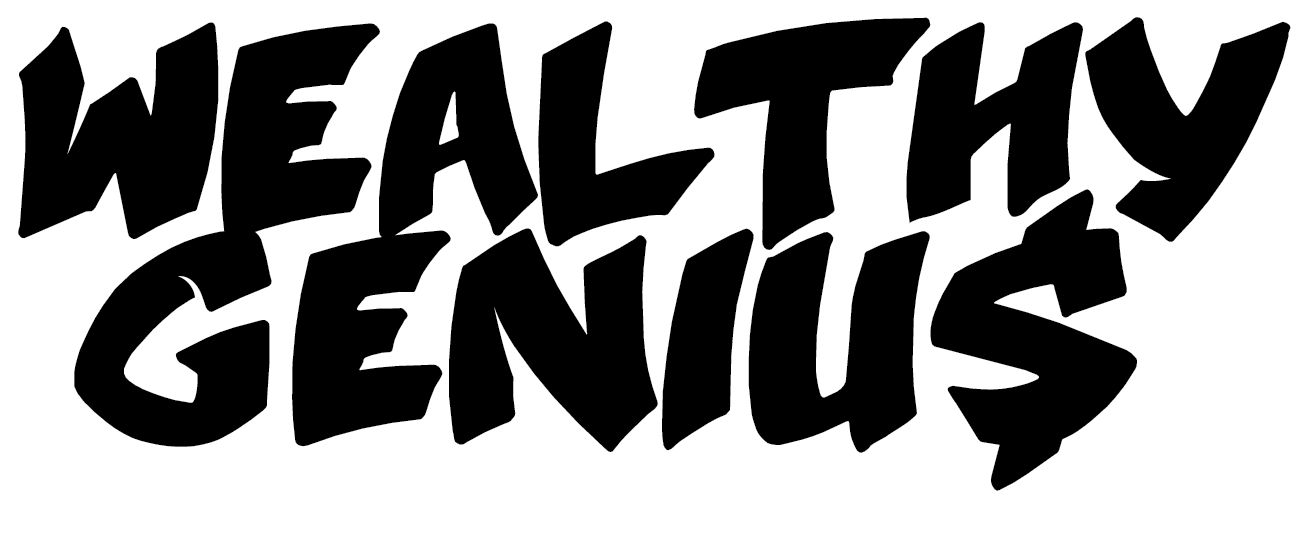When Virtual Reality Becomes Our Laboratory for Saving the Planet
Science fiction has always been humanity’s sandbox for testing impossible ideas. But what happens when the sandbox becomes immersive, tangible, and tradeable? Welcome to the bleeding edge where VR environmental storytelling meets speculative finance, and where your next investment might just be in a world that doesn’t exist yet.
The New Narrative Architecture
Traditional SF gave us cautionary tales—Blade Runner’s acid rain, The Expanse’s resource wars, Dune’s spice economics masquerading as ecological collapse. But VR flips the script entirely. Instead of watching environmental futures unfold, we’re now inhabiting them, stress-testing sustainable systems in real-time simulations that feel consequential because our bodies believe they’re real.
Projects like Blueplanet VR and Meta’s Horizon Worlds environmental zones aren’t just games—they’re ecological thought experiments with actual behavioral data. When users navigate a coral reef restoration in VR and feel genuine loss when their decisions cause bleaching, we’re accessing something novelists could only approximate: embodied environmental empathy.
The Economics of Imaginary Ecosystems
Here’s where it gets interesting for the finance crowd: virtual ecological systems are developing their own tokenomics. Companies like Crucible are building VR worlds where carbon credits, renewable energy infrastructure, and circular economy principles aren’t just narrative devices—they’re functional game mechanics with real-world analogs.
Consider Terra Nova Protocol, a VR platform where users govern simulated bioregions using DAO structures. Players propose interventions (rewilding programs, green infrastructure), vote on implementations, and watch algorithmic models predict outcomes over decades of compressed time. The successful strategies? They’re being packaged as white papers for actual urban planners and ESG investment funds.
This isn’t fantasy roleplay—it’s collective problem-solving dressed up as entertainment, and the IP being generated has measurable value. Several climate tech startups have licensed world-building rulesets from VR environmental sims to model their own sustainability pitches.
Solarpunk Gets a Graphics Card
The solarpunk aesthetic—that optimistic SF subgenre imagining lush, high-tech, ecologically harmonious futures—was practically designed for VR. While cyberpunk gave us neon-soaked dystopias, solarpunk offers vertical gardens, community solar grids, and cities where nature isn’t defeated but integrated.
VR developers are building these worlds with obsessive ecological accuracy. In Ecopolis, every building material has an embedded carbon footprint, every transportation choice affects air quality metrics, and urban food forests grow in real-time using actual botanical growth algorithms. It’s SimCity meets Braiding Sweetgrass, and users are spending hours optimizing systems that could theoretically scale to reality.
The Data Goldmine
Tech giants have noticed something crucial: VR environmental sims generate unprecedented behavioral data about human responses to ecological crisis and recovery. How do people actually make sustainability trade-offs when consequences feel immediate? What governance structures emerge when communities must collectively manage limited resources? Which narrative framings motivate conservation versus exploitation?
This isn’t just useful for game designers. It’s catnip for climate policy researchers, impact investors, and anyone trying to model the behavioral economics of decarbonization. Several academic institutions now have partnerships with VR platforms to study user decision-making in these simulated sustainable worlds.
The Fiction-to-Finance Pipeline
The most fascinating development? A growing number of climate tech funds are recruiting from VR world-building communities. The logic is elegant: if you can design a functioning zero-waste circular economy in a complex simulation, you might spot opportunities in the real world that traditional analysts miss.
Some funds are going further, using VR environmental sims as due diligence tools. Before investing in a vertical farming startup, they’ll commission a VR model of the proposed facility, complete with energy flows, crop yields, and labor dynamics, then stress-test it against climate scenarios. The simulation becomes part of the cap table pitch.
The Ontological Problem
But here’s the philosophical twist that SF has always done best: what happens when the simulated sustainable worlds become more appealing than our actual attempts at sustainability? VR environmental storytelling works because it offers immediate feedback, visible consequences, and—crucially—the ability to reset when things go wrong.
Reality offers none of these luxuries. There’s a risk that immersive eco-futurist VR becomes a pressure valve, a place to experience environmental solutions so satisfying that they reduce urgency to implement messy, expensive, politically fraught solutions in the physical world. The simulation becomes the opiate, not the blueprint.
Where This Goes Next
The convergence is accelerating. Apple’s Vision Pro ecosystem already includes environmental education experiences that blend storytelling with interaction. Climate Week NYC 2024 featured a VR installation where attendees navigated a 2075 waterfront designed using actual climate adaptation models. The line between entertainment, education, and policy visualization is dissolving.
For the pop culture crowd, this means your favorite SF properties will increasingly have VR extensions that aren’t just marketing—they’re legitimate environmental storytelling platforms. For tech investors, it means the tools being built for entertainment have dual-use applications in climate modeling and sustainable design. For finance, it means a new asset class of simulated ecological systems with monetizable insights.
The Bottom Line Up Front
Eco-futurism in VR isn’t just about building prettier versions of sustainability—it’s about creating testable, navigable, emotionally resonant futures that let us fail forward without catastrophic real-world consequences. It’s where narrative meets simulation, where imagination becomes methodology, and where the line between fiction and forecast gets productively blurry.
The question isn’t whether VR will influence how we approach environmental challenges. It’s whether we’ll mistake the elegance of simulated solutions for the actual hard, unglamorous work of planetary survival. SF has always excelled at exploring that tension. Now we get to live inside it.
The future isn’t just written anymore—it’s rendered, rigged, and waiting for you to put on a headset.

